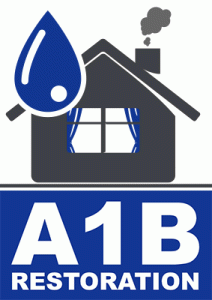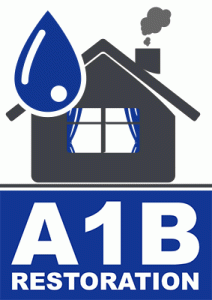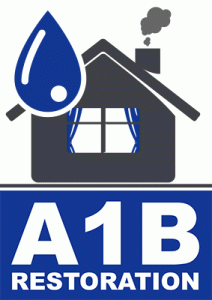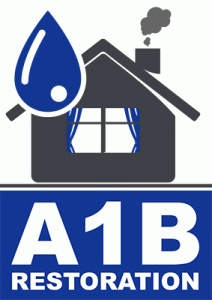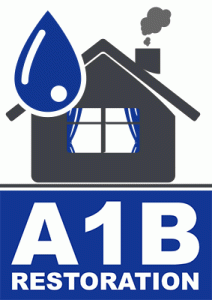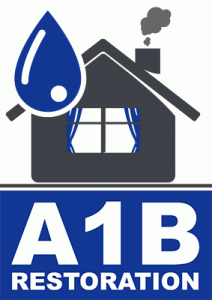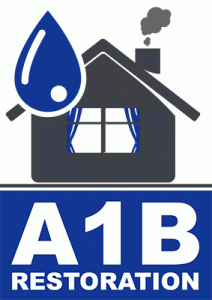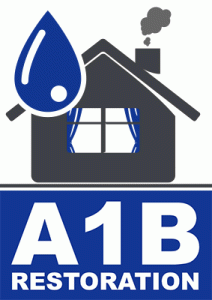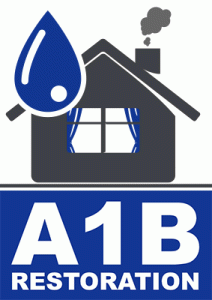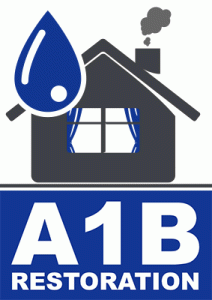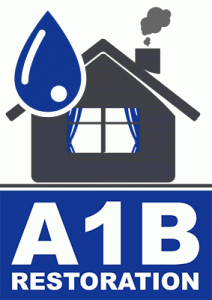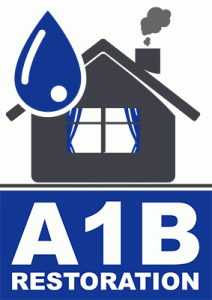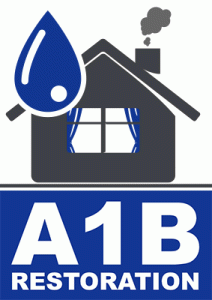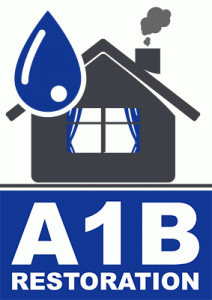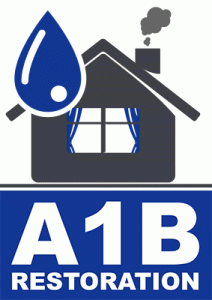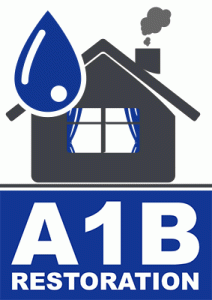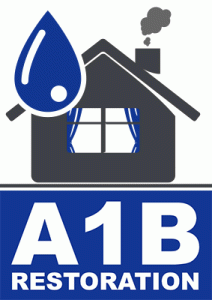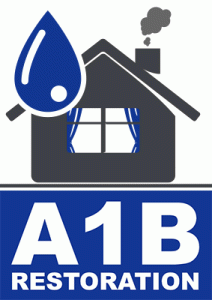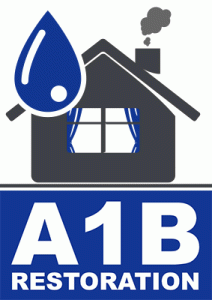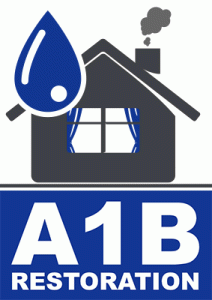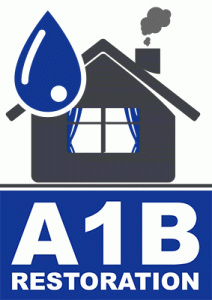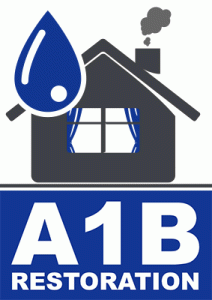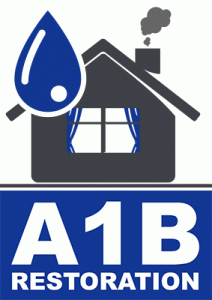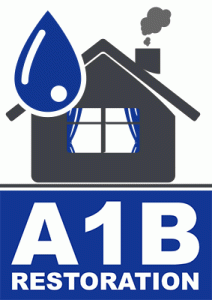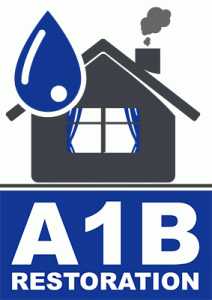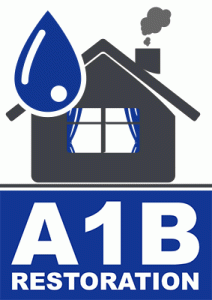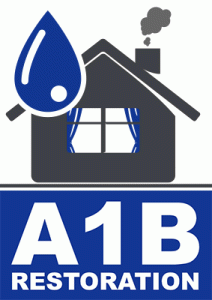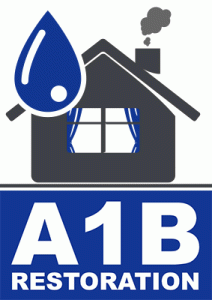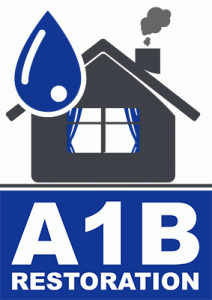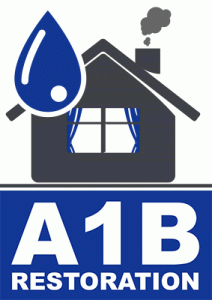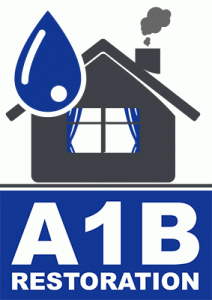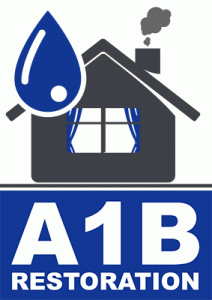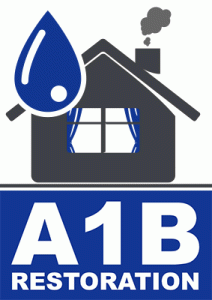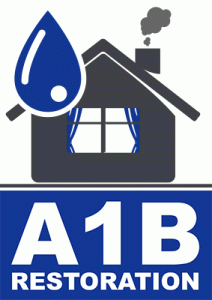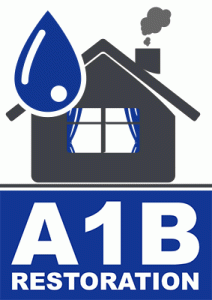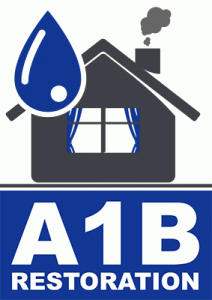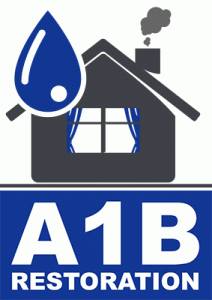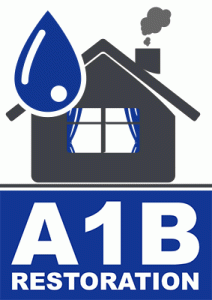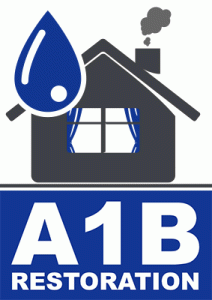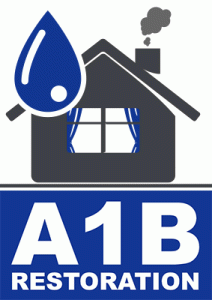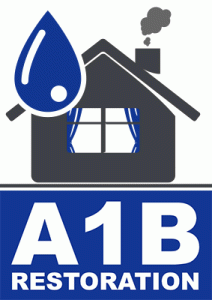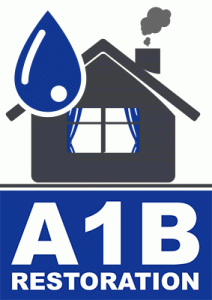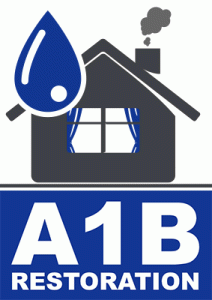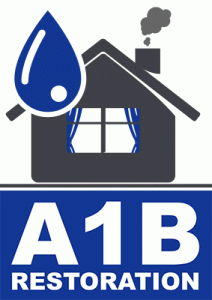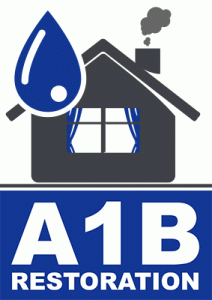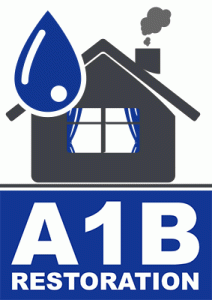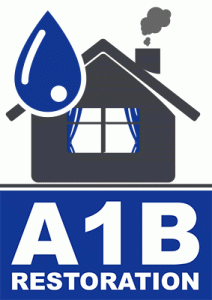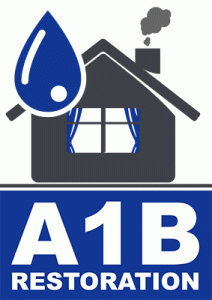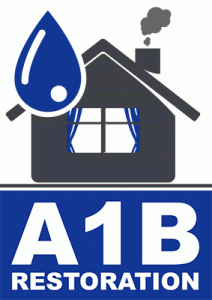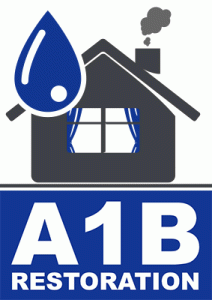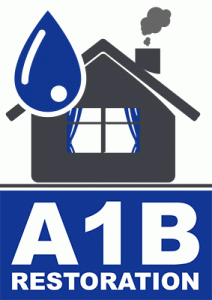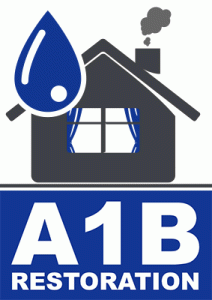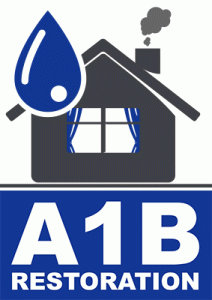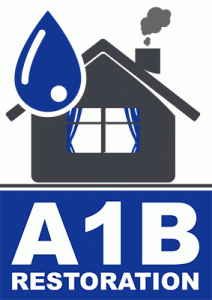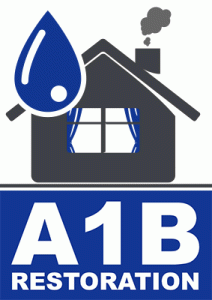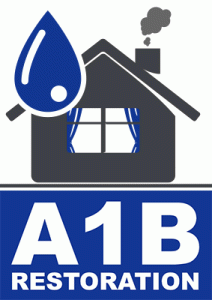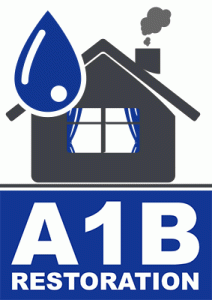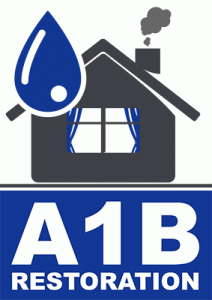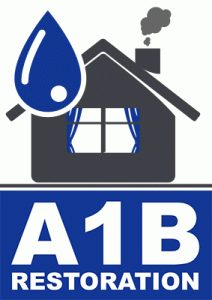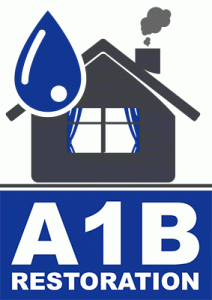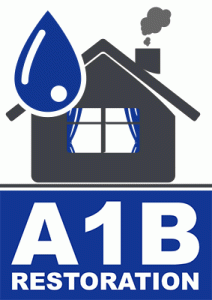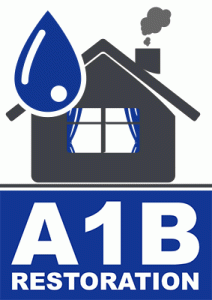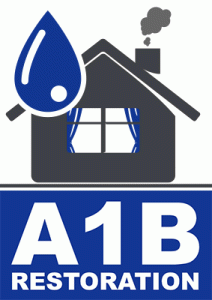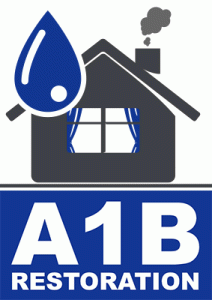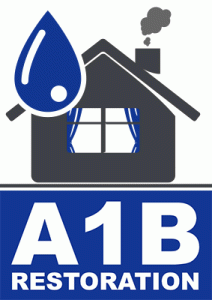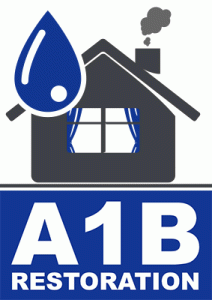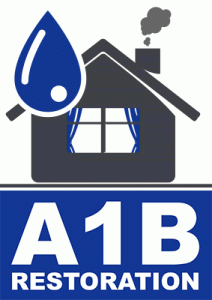How to Assess Water Damage in Your Home
Water damage can be a homeowner’s worst nightmare. It’s not just about the potential cost of repairs, but also the health risks posed by mold and mildew. According to the Insurance Information Institute, water damage is the second most common cause of home insurance claims, only behind wind and hail damage. Understanding how to assess water damage in your home is crucial for early intervention and preventing further issues.
Identifying the Sources of Water Damage
The first step in assessing water damage is identifying its source. Water can enter your home in various ways, each requiring a different approach for assessment and repair.
Leaky Pipes
Leaky or burst pipes are a common cause of water damage. Keep an eye out for signs such as sudden drops in water pressure or unusual noises in the plumbing. Regular inspections of exposed pipes can help you catch leaks early.
Roof Leaks
Roof damage can allow water to seep into your home. Check your attic and ceilings for water stains or mold growth. Regular roof inspections, especially after severe weather, can prevent long-term damage.
Foundation Cracks
Cracks in your foundation can allow groundwater to seep into your basement or crawl spaces. Look for signs such as unexplained dampness or musty odors. These often require professional assessment to determine the severity.
Assessing the Extent of Water Damage
Once you’ve identified the source, the next step is to assess the extent of the damage. This includes evaluating both visible and hidden damage.
Visible Damage
Visible water damage is easiest to spot. Look for signs such as stains, discoloration, or bulging walls and ceilings. Flooring can also be affected, with signs like warping or peeling.
Hidden Damage
Hidden damage can be more challenging to detect but is equally important. Use a moisture meter to inspect areas behind walls or under floors. This tool helps identify moisture levels and potential hidden damage.
Common Consequences of Water Damage
Understanding the potential consequences of water damage can motivate homeowners to address issues promptly. Ignoring water damage can lead to severe structural and health problems.
Mold and Mildew
One of the most serious consequences of water damage is mold growth. Mold can start developing within 24 to 48 hours in the right conditions. It poses health risks, including allergic reactions and respiratory problems. Regularly check for musty odors and visible mold growth in damp areas.
Structural Damage
Prolonged exposure to water can weaken the structural integrity of your home. Wood can rot, metal can corrode, and concrete can erode. If you notice signs such as sagging ceilings or buckling walls, it’s crucial to consult a structural engineer.
Preventing Future Water Damage
Prevention is the best strategy against water damage. By implementing a few proactive measures, you can protect your home from future incidents.
Regular Maintenance
Conduct regular maintenance checks on your home’s plumbing, roof, and foundation. Replace old or damaged pipes, repair roof shingles, and seal foundation cracks. Consider installing a sump pump in your basement to handle excessive water.
Proper Drainage
Ensure that your home has proper drainage systems in place. Clean gutters regularly to prevent blockages and ensure water is directed away from your home’s foundation. Installing downspout extensions can help redirect water effectively.
Smart Technology
Invest in smart home technology for early water detection. Devices like water leak sensors can alert you to leaks before they cause significant damage. These sensors can be placed in high-risk areas like kitchens and bathrooms.
Conclusion
Water damage can cause significant disruption if not addressed promptly. By knowing how to assess water damage effectively, you can take immediate action to minimize its impact. Remember to regularly inspect your home, maintain its various systems, and invest in preventive measures. By doing so, you’ll not only protect your property but also ensure a safe and healthy living environment.

Highland Park Texas disaster restoration companies
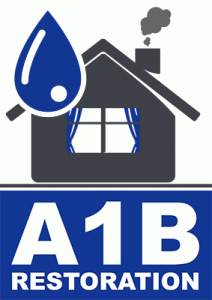
water damage and restoration companies Allen Texas

Little Elm Texas restoration water damage companies

water damage restoration service Haltom City Texas

restoration company water damage Richardson Texas

Denton Texas water damage restoration service near me

Grand Prairie Texas disaster restoration companies
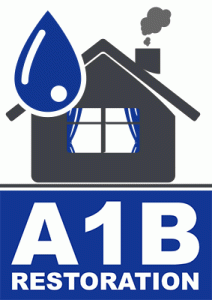
Preston Hollow Dallas Texas water cleanup service near me

North Richland Hills Texas water remediation company

The Colony Texas water damage restoration near me
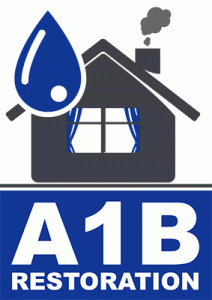
Duncanville Texas water damage restoration service near me
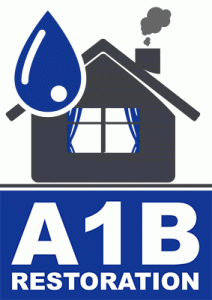
Lakewood Dallas Texas water damage cleanup near me

Haltom City Texas water extraction company near me

Lake Highlands Dallas Texas water damage restoration near me

Lake Highlands Dallas TX restoration water damage experts

Lucas TX water damage restoration companies near me
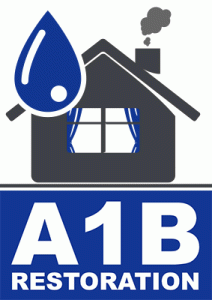
Flower Mound TX restoration water damage experts
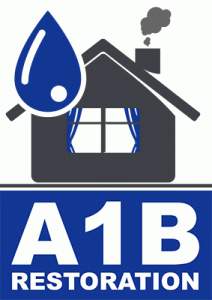
Lakewood Dallas TX home water damage restoration
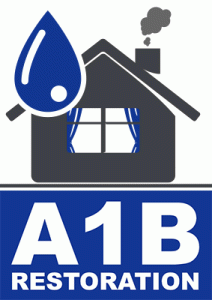
Richardson TX water damage restoration companies
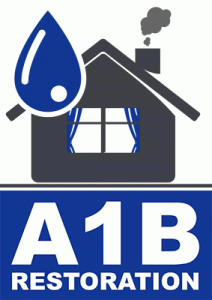
Lewisville TX water damage restoration companies
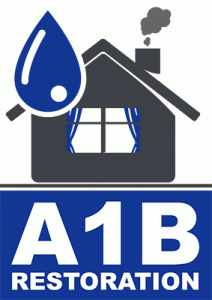
best water damage restoration near me Euless Texas
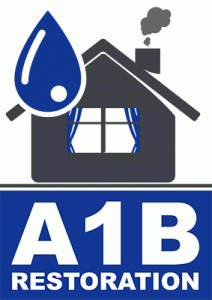
restoration company water damage North Richland Hills Texas

water damage and restoration companies Keller Texas

residential water damage restoration Lakewood Dallas Texas
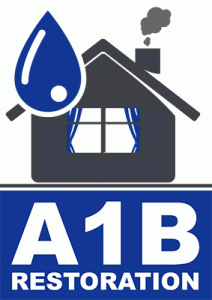
water damage restoration service Lakewood Dallas Texas
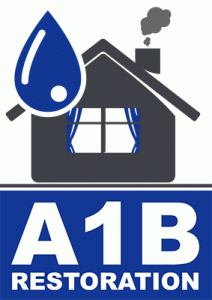
water damage restoration services near me Grand Prairie Texas
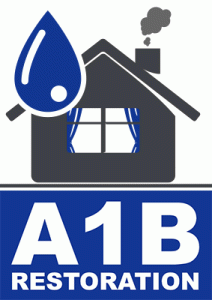
water damage restoration services near me Lake Dallas Texas
